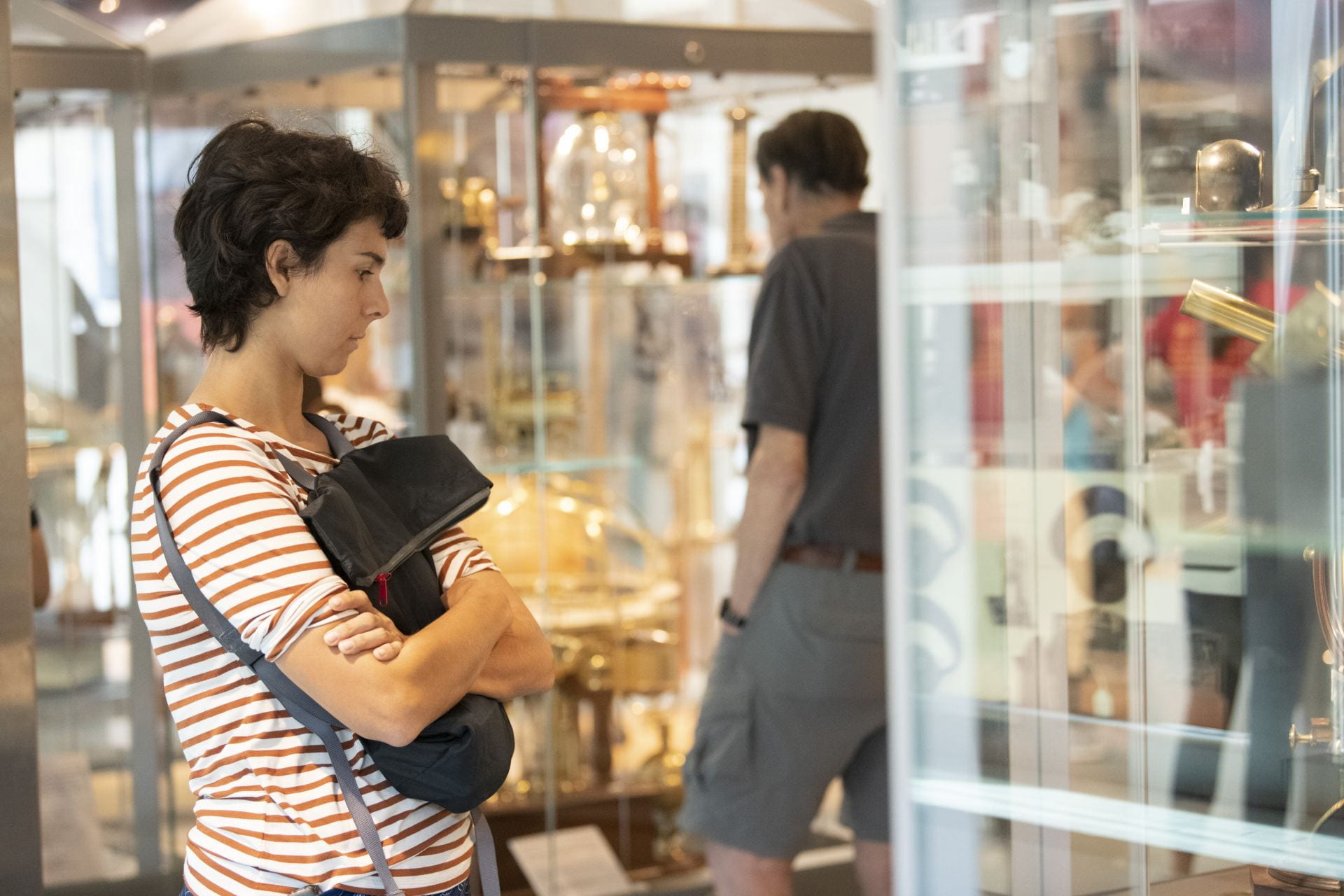Harvard Museum of Natural History, 26 Oxford Street, Cambridge, MA 02138
Special Event
What treasures are found in the Harvard University paleontology collections? Meet Harvard paleontologists to find out! See their favorite fossils, learn about their research, and ask them your questions.
Learn about local fossils and where to find them, see what new techniques and technologies are being used to study fossils, and hear about current research projects. Join us to celebrate National Fossil Day with short talks and table-top presentations for all ages.
Regular museum admission rates apply.
Free event parking at the 52 Oxford Street Garage.
Arthropods Gallery
What was life like in ancient oceans? Join members of the Javier Ortega-Herández lab to see amazing and weird invertebrate fossils, including trilobites, crustaceans, and horseshoe crabs. Learn how these fossils compare with their modern counterparts!
Special Exhibits Hallway
What fossils can we find in New England? Explore local geology and discover what New England was like millions of years ago. See local rocks and fossils and learn where to find them. Bring your own rock or fossil discoveries for identification!
Romer Hall
What treasures are found in the Harvard University paleontology collections? Meet members of the Stephanie Pierce Lab to see some of their favorite vertebrate fossils. Learn about their current research and ask them your questions!
Lightning Talks
Recommended for ages 10 and up
Classroom B
1:00–1:30 pm
So You Found a Fossil…What Next?
Scott Johnston, Vertebrate Paleontology Fossil Preparator and Technician
Imagine you are on a hike and find a fossil. What should you do about it, and what will happen to it next? Learn about the life after death of a fossil as it is unearthed and travels from the field to the lab. In this talk, I’ll share the different tools and techniques that fossil preparators like me use to uncover, clean, and preserve fossils for future generations to study.
1:45–2:15 pm
The Digital World of Paleobiology
Mark Wright, Stephanie Pierce Lab
The scope of modern-day work with fossils has expanded into the digital arena. Methods such as high-resolution surface scanning allow researchers to visualize, quantify, and compare the shape of bones in exquisite detail. I will share how I digitize fossil bones and study them to understand how the locomotion of our own group—mammals—evolved from reptilian ancestors over the course of millions of years.
2:30–3:00 pm
Bringing Fossils to Life
Peter Bishop, Stephanie Pierce Lab
Some of the most fascinating animals we know of are only known from fossils. How can we understand what they were like when they were alive? To answer this question, my work brings together research in fossils and the study of the anatomy of living animals. Using modern techniques in engineering and computer simulation, I investigate how extinct animals moved and bring them “back to life.”
3:15–3:45 pm
Trilobites: How Arthropods Rose to Dominance
Sarah R. Losso, Ortega-Hernández Lab
Arthropods, such as insects, crabs, and spiders, are extremely abundant and diverse in the world today, but how did they evolve to have such a range of body shapes and lifestyles? To understand that, we must examine early arthropods, including trilobites. My talk will explore how early arthropods lived, fed, and protected themselves from predators and how that allowed them to become a dominant part of the ecosystem.

